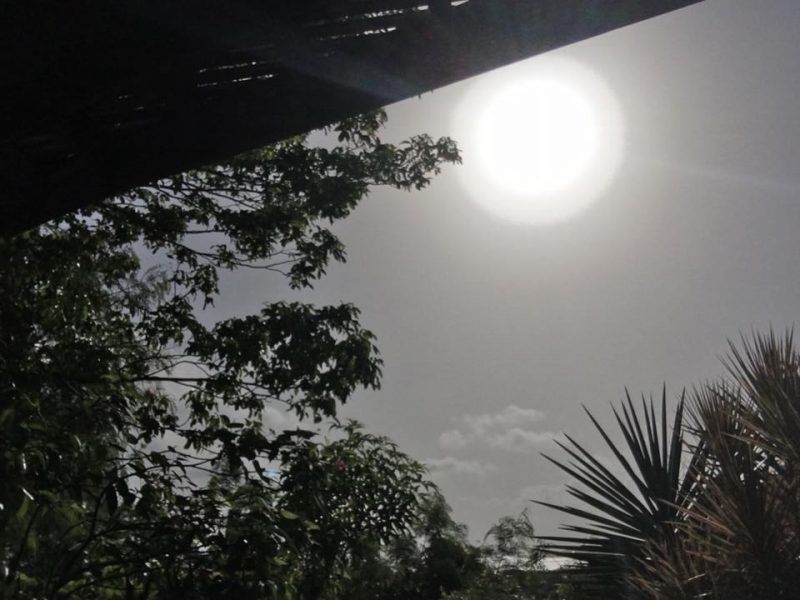If you are lucky enough to be with us here on St Croix in the US Virgin Islands for the Total Solar Eclipse of 2017, I’ve compiled some handy information for safely viewing the eclipse from the island. #1 Tip: Remember to NEVER look directly at the sun.
What is a Solar Eclipse?

A Solar Eclipse happens when the Moon’s orbit causes it to move directly between the Earth and the Sun casting a shadow onto Earth. Where the Total Eclipse is visible at the maximum coverage, only the Corona (sun’s atmosphere) will be visible as a ring around the dark circle. The Total Eclipse is only visible to a portion of the Earth in a path about 70 feet wide. Here on St Croix, we’ll witness a Partial Solar Eclipse covering about 75% of the sun.
What’s the Big Deal?
This is the first time since 1979 that the total eclipse will be visible in the United States. And that last time that it traversed across the entire United States was 99 years ago! Here on St Croix, we won’t see a Total Eclipse, but we are in the 75% zone, so will see a crescent of the sun remaining. Still pretty cool if you ask me!

When Will it Happen on St Croix
On Monday August 21, 2017 the Partial Eclipse will begin on St Croix at 2:15pm. The Maximum Eclipse will happen at 3:37pm and last about 2 minutes. The Eclipse will be fully completed at 4:48pm. For a cool video diagram of exactly what we can expect on St Croix go here: https://www.timeanddate.com/eclipse/in/us-virgin/christiansted
How to Safely View the Eclipse
Unless you really know what you are doing and have the proper solar filters, don’t risk your expensive cameras. Use your smart phone in Selfie mode to save your eyes and your equipment.
If you have an iPhone, Apple has confirmed that taking images with your phone will not hurt your phone’s camera sensor. However, they do not recommend continually focusing your camera at the sun for a long period of time.
“You could point your iPhone at the sun right now to take photos and the camera’s sensor and the lens would not be damaged. and the same is the case for the solar eclipse, according to Apple.” – USA Today
And make sure that you are shooting in “selfie mode” with your back to the sun. Here’s a test image I did this morning taking a photo of the sun (the sky was overcast but gave a pretty cool effect!)

Tips for getting a great shot with your iPhone
- Use a Tripod or set your camera down to rest on something (safely of course).
- Use “Selfie Mode” so that the camera is facing you with the sun to your back to protect your eyes.
- Use the timer on Selfie Mode so that your finger doesn’t cause shake to occur even on your tripod.
- You can place polarized sunglasses or a UV camera filter in front of your iphone lens for added effect, but it is not necessary.
- Again, DO NOT LOOK DIRECTLY AT THE SUN! EVER.
Want to Just Safely Observe the Eclipse? Here are some handy ideas for Pinholes and just using shadows from your hands or the trees from NASA: https://eclipse2017.nasa.gov/2d3d-printable-pinhole-projectors
